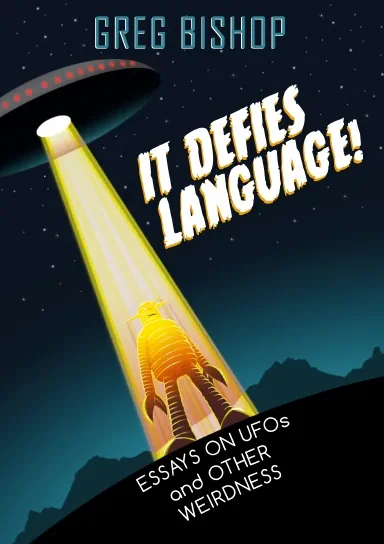about my session
Witness Effects – An Ignored Database?
When investigators question witnesses about a close encounter, they have traditionally concentrated on recalling the observed facts. This information, such as time of day, weather, color, movement, and description of objects and even beings has dominated the field. The database is well-populated with these bits of valuable information, ready for sifting, meta-analysis, and now, various queries for A.I. platforms. This information has been recorded and recalled by the human nervous system and memory, often tempered by varying levels of perceived trauma, eliciting fear, fight or flight, and even physical traces on the environment and occasionally on the witnesses themselves.
The scientific method as we use it is not commensurate with all of the observed properties/ effects of UFOs. Materialistic science is slowly altering its methods and definitions to study something that has so far defied efforts at explanation, but the issue is being taken seriously. Data alone cannot explain the extreme variance of reported characteristics and often lasting psychological effects, as well as the methods by which objects and beings seemingly appear and disappear, and defy many laws of classical physics. The social sciences have begun to examine the issue from the perspectives of cultural effects and belief systems. Physical science may answer the questions of what, when, where, and possibly even how, but not who or why.
In a quest for more accurate physical data, the lived experience of the witness is often ignored, even though the psychological effects of close encounters may hold a clue to the purpose and origin of the UFO presence. Witness’ emotional state, events before and after the encounter, and life changes are aspects of the experience that have been routinely ignored in the pursuit of an accurate recall of events, with a potential trove of subtle, but significant information waiting in the wings.
Using such disciplines as phenomenology and an awareness of human neurophysiology and memory, as well as a preliminary discussion of psychological effects and life changes, this talk will assess the witness experience as a dataset that has been largely ignored, and how this may hold some keys to a better understanding of the UFO enigma.




Bio:
In 1991, Greg Bishop co-founded a magazine called The Excluded Middle, which was a journal of UFOs, conspiracy research, psychedelia, and new science. Wake Up Down There!, a collection of articles from the magazine, was published in 2000. His writing and research include the acclaimed books Project Beta – The Story of Paul Bennewitz, National Security, and the Creation of a Modern UFO Myth, Weird California, and other works.
His 2005 book Project Beta documented a government campaign of disinformation against a UFO researcher. Weird California, a portrait of strange and eerie history and places in the Golden State, followed in 2006. Greg’s writing on the UFO subject appeared regularly on the UFOmystic blog and was compiled, along with new writing, into the book, It Defies Language! Essays On UFOs And Other Weirdness. A collection of articles from Excluded Middle magazine was published in the anthology Wake Up Down There! He also co-authored a book about UFO contact, entitled A Is For Adamski, published in 2017. In 2023, he led a group to produce the Ufology Tarot, a set of tarot cards honoring prominent figures as archetypes in the history of the subject.
Since 1999, his interview program ( at radiomisterioso.com) has featured interviews with researchers as well as scientists and academics on UFOs and other paranormal topics. He is also a past Project Censored Award Winner, a consultant on the program The Conspiracy Zone With Keven Nealon, author of numerous magazine articles, digital audio engineer, film production supervisor, paraglider, and FAA-licensed aircraft and drone pilot.